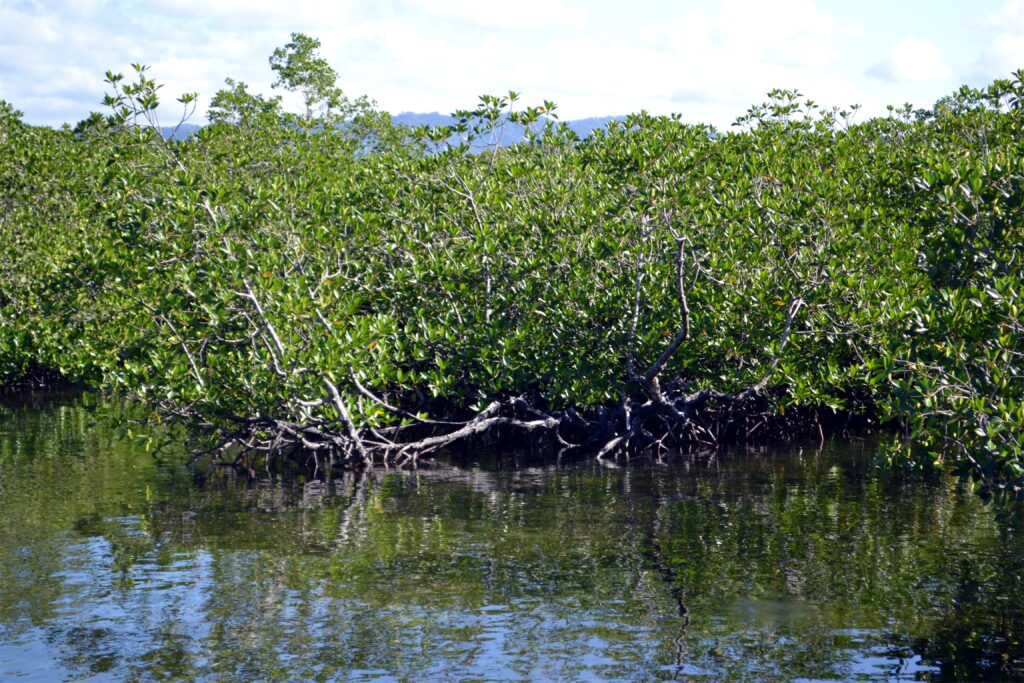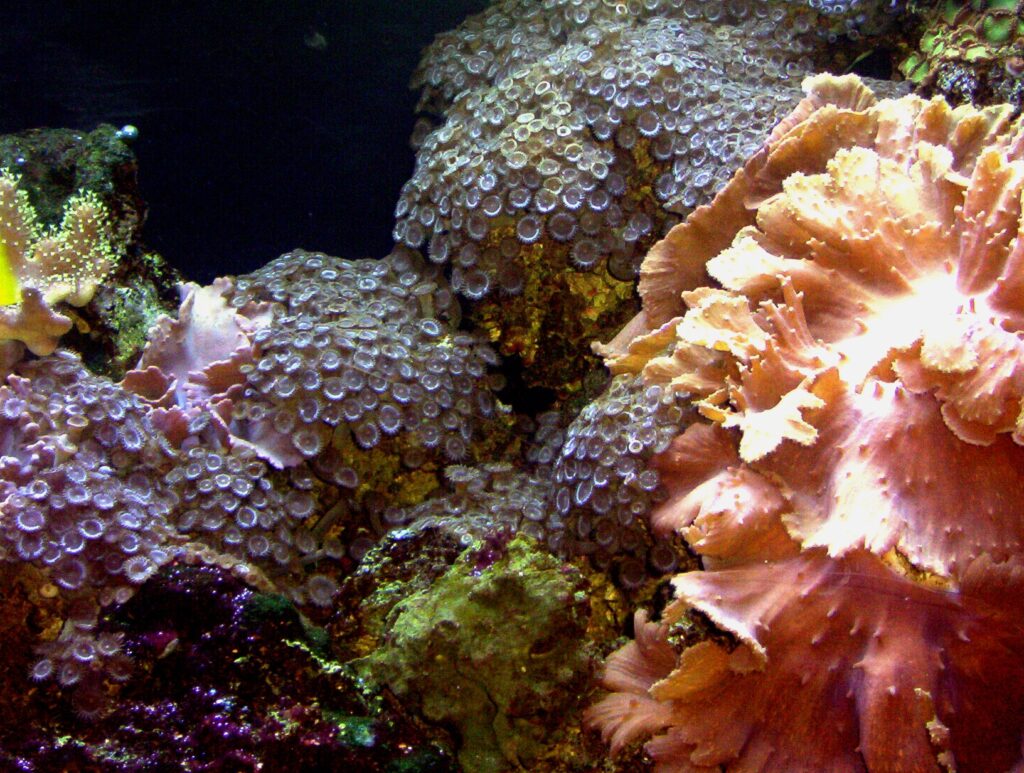WORLD ENVIRONMENT DAY: ECOSYSTEM RESTORATION
Text and Photos by Henrylito D. Tacio
Every year, on June 5, the world commemorates World Environment Day. It is the United Nations’ flagship day for promoting worldwide awareness and action for the environment. Held annually since 1974, over 150 countries participate each year.
The Philippines joins the rest of the globe in celebrating the occasion every year. The leading agency given the task of the commemoration is the Department of Environment and Natural Resources (DENR).
This year’s theme is “Ecosystem Restoration” and it focuses on resetting human’s relationship with nature. Coinciding the celebration is the formal launching of the UN Decade on Ecosystem Restoration 2021-2030.
It was British ecologist Arthur Tansley who used the term “ecosystem” for the first time in a 1935 publication.
Ecosystem is defined as a community or group of living organisms that live in and interact with each other in a specific environment. “Tropical forests, for instance,” explains the website, youmatter.world, “are ecosystems made up of living beings such as trees, plants, animals, insects and microorganisms that are in constant interaction between themselves and that are affected by other physical (sun, temperature) or chemical (oxygen or nutrients) components.”
Deforestation
Speaking of forests, the country’s forests have been decimated since Ferdinand Magellan rediscovered the country on March 16, 1521. Since then, deforestation continued unabated.

“The forest area of the Philippines is estimated to have declined from 12 million hectares in 1960 to a current level of about 5.7 million hectares (which includes less than 1 million hectares of virgin forest largely confined to very steep and inaccessible areas),” reports the UN Food and Agriculture Organization (FAO).
According to FAO, it is difficult to obtain accurate land use data in the country as all over 18 degrees of slope are classified as forest regardless of whether any tree cover is present. “The official figure of forest area is about 33% of the land area (of 30 million hectares),” it says.
Most remaining forests have been given protected status, “but many of these areas are in critical condition and remain threatened due to inadequate protection resulting from lack of funds and lack of political will,” the FAO notes.
Although the government has passed several laws against the cutting of forests, deforestation remained at about 150,000 hectares in the 1980s, according to FAO. “Deforestation is caused by shifting cultivation, land-use conversion, forest fires, illegal logging, and fuelwood harvesting,” it says.
Soil erosion
When forest areas are devoid of their cover, soil erosion ensues. In fact, soil erosion is quite pronounced in more than half of the country’s land area. “Eroded areas are estimated to cover more than half of the land area in the following provinces: Batangas, Cebu, Ilocos Sur, La Union, Batanes, Bohol, Masbate, Abra, Iloilo, Cavite, Rizal, Capiz, and Marinduque,” FAO reports.

“No other soil phenomenon is more destructive worldwide than soil erosion,” wrote Nyle C. Brady in his book, The Nature and Properties of Soils. “It involves losing water and plant nutrients at rates far higher than those occurring through leaching.
“More tragically, however, (soil erosion) can result in the loss of the entire soil,” Brady continued. “Furthermore, the soil that is removed finds its way into streams, rivers, and lakes and becomes a pollution problem there.”
“Land is not being remade,” said Harold R. Watson, who once served as the director of the Davao-based Mindanao Baptist Rural Life Center (MBRLC). “Soil is made by God and put here for man to use, not for one generation but forever. It takes thousands of years to build one-inch of topsoil but only one good strong rain to remove one inch from unprotected soil on the slopes of mountains.”
Water security
Forests are also very important when it comes to water production and conservation. “Water security is dependent on forests,” the United Nations food agency points out. “Forests and trees are essential to maintaining resilient production systems, communities and ecosystems. They are vital to our water supply, providing high quality water resources: they intercept atmospheric moisture, contribute to cloud and rain formation, reduce erosion and recharge groundwater.”

Forested watersheds provide an estimated 75% of the world’s accessible freshwater resources, on which more than half of the planet’s people depend for domestic, agricultural, industrial and environmental purposes.
“Forests, therefore, are vital natural infrastructure, and their management can provide ‘nature-based solutions’ for a range of water-related societal challenges,” FAO points out.
“As water is an absolutely vital resource, at the center of life itself, it is a key integrating factor in the environment. Without sustainable water management to ensure that there are sufficient supplies of clean, safe water, the health of ecosystems and those who depend on them, especially people, suffer,” said Dr. Klaus Toepfer, during his term as executive director of the Nairobi-based United Nations Environment Program.
“Water is the most precious asset on Earth,” states Dr. Sandra Postel, director of the Massachusetts-based Global Water Policy Project. “It is the basis of life.”
Mangroves
If you think deforestation happens only in the uplands, you are wrong. The forests near the seashores called mangroves are not spared. Despite their importance, mangrove forests throughout the country are fast disappearing. A briefing paper released by the Bureau of Fisheries and Aquatic Resources (BFAR) said that the country’s mangrove forests are down to only 117,000 hectares from the 500,000 hectares in 1918.

The BFAR paper said that of the remaining 117,000 hectares, 95% of these are already “secondary growth.” This means that only 5% constitutes old or “primary mangrove forests.”
“Most mangrove areas in Luzon and the Visayas are made up of reproduction brush and young growth. Thus, mangrove forests remaining along Philippine coasts today are of much lower quality than early in the century, and they cover less than one-third of their original area,” the paper pointed out.
“Mangroves in the Philippines have long been ‘ecologically disturbed by rampant cutting for timber products and massive conversion of forests into aquaculture ponds,” said a summit overview of the state of the mangroves in 2015.
Seagrasses
Mangroves are part of the coastal ecosystem. The other members of this ecologically-fragile ecosystem are seagrasses and coral reefs. Both are also being depleted at an alarming rate.
In the Philippines, the rapid disappearance of seagrass is due to the increasing population’s multiple demands upon the country’s marine environment as source of food, avenues of transportation, receptacles of waste, living space and source of recreation and aesthetic pleasures.
The seagrass ecosystem is likewise adversely affected by mining of industrial minerals; oil spills caused by accidents, operational shipping and refinery activities; dredging and illegal associates.
Dr. Miguel D. Fortes, the country’s foremost expert on seagrasses, believed seagrasses are fast disappearing in this part of the world for economic reasons. “Huge tracts of these productive habitats are being dredged, filled, polluted, exploited, converted to other coastal uses or simply being destroyed, all in the name of economic development,” he deplored.
Coral reefs
In 2014, a nationwide assessment was initiated to update the information status of the country’s coral reefs by the biology department of the De La Salle University. Dr. Wilfredo Y. Licuanan, leader of the study, and his team surveyed randomly selected 206 reef stations from 2014 to 2017 and another 101 stations were monitored from 2015 to 2018.

No excellent category reefs were found in the recent surveys around the country, the findings of the study showed, which was published in Marine Pollution Bulletin. But what is alarming is that about a third of the reef corals were lost over the last decade, the study found out.
“We lost roughly a third of the coral in 20 years and we lost our ‘excellent’ category corals in the last 40 years,” Dr. Licuanan was quoted as saying by Business World.
In the Philippines, an estimated 10%-15% of the total fisheries come from coral reefs. About 80%-90% of the income of small island communities come from fisheries, according to Dr. Angel C. Alcala, former environment secretary.
In terms of productivity, good coral reef areas can produce as much as 30 tons of fishery products per square kilometer in a year, Dr. Alcala reports.
In a study done on the Sumilon Marine Park near Negros Oriental, marine biologist of Silliman University found that, with protection, the estimated fish yields were 14 to 24 tons per square kilometer annually. When protective management was withdrawn, the catch of fishermen in the area declined by as much as 55%.

